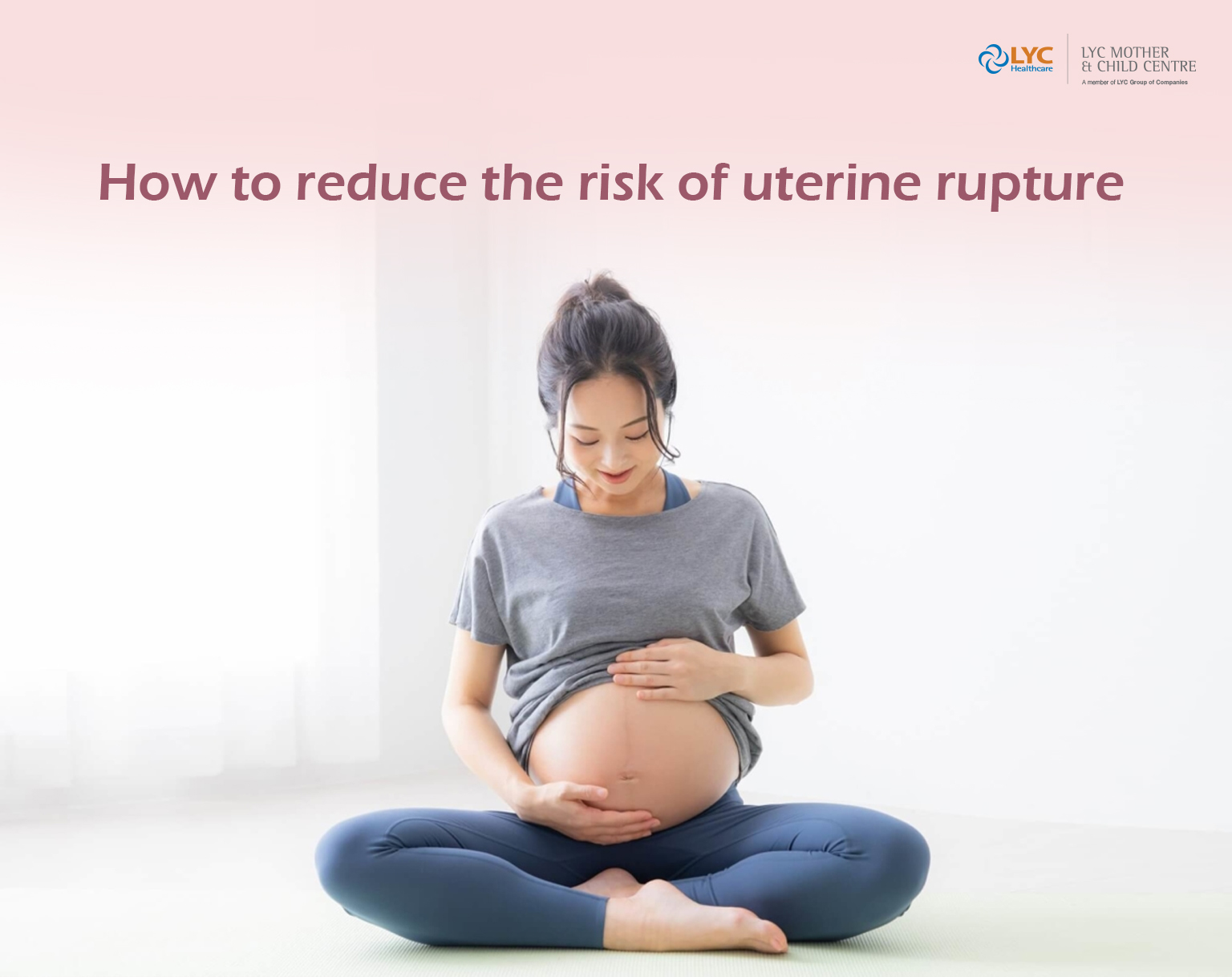
During the labour and delivery process for most pregnancies, the uterus remains intact without tearing. However, in some cases, the uterus can tear or rupture, affecting the baby's oxygen supply as well as the mother's health.
Uterine rupture often leads to severe bleeding, and the baby may enter the mother's abdominal area during labour, complicating the baby's birth.
Most cases of uterine rupture occur in mothers who have had cesarean sections that left scarring on the uterus. This is because the scars from the previous surgery can tear and cause the uterus to rupture.
Also, uterine tears can occur in cases of vaginal birth after cesarean section (VBAC).
Diagnosing a uterine rupture requires a physician's expertise in identifying the symptoms, as well as understanding of the mother's medical history. Typically, a doctor will determine the risk of uterine rupture with an ultrasound or MRI. The ultrasound will show scarring from previous surgery and the presence of thin uterine walls.
Abdominal pain, back and shoulder pain, and vaginal bleeding are all signs of uterine rupture. Since uterine rupture usually occurs suddenly, it requires immediate diagnosis and treatment. To prevent serious complications, the baby must be delivered within a short time after the uterine rupture occurs.
After the delivery, the mother may need surgery to repair or remove the uterus, depending on the severity of the uterine tear and the degree of bleeding.
Uterine rupture is very harmful to both mother and baby, and can even lead to death. Therefore, any precautionary measures that can be taken should be taken. The most effective strategy for preventing uterine rupture is to minimise risk factors, which must be done even before the first pregnancy.
Therefore, it is recommended that mothers should:
● Try to get pregnant before the age of 30 if possible.Although uterine rupture can have serious consequences, it is very rare. Uterine rupture can be prevented or successfully treated when both mother and doctor stay alert during pregnancy.